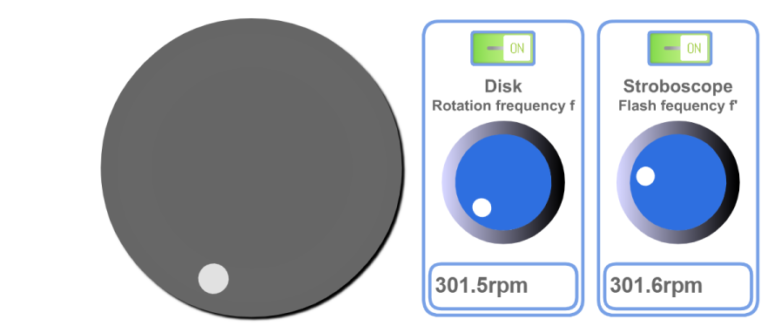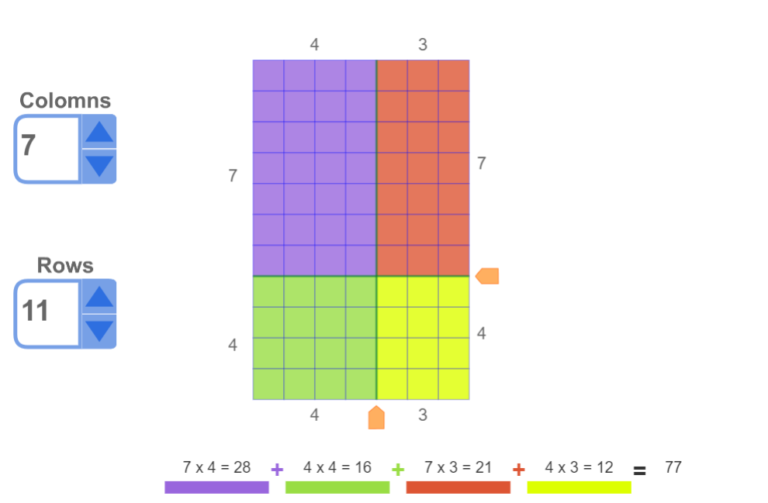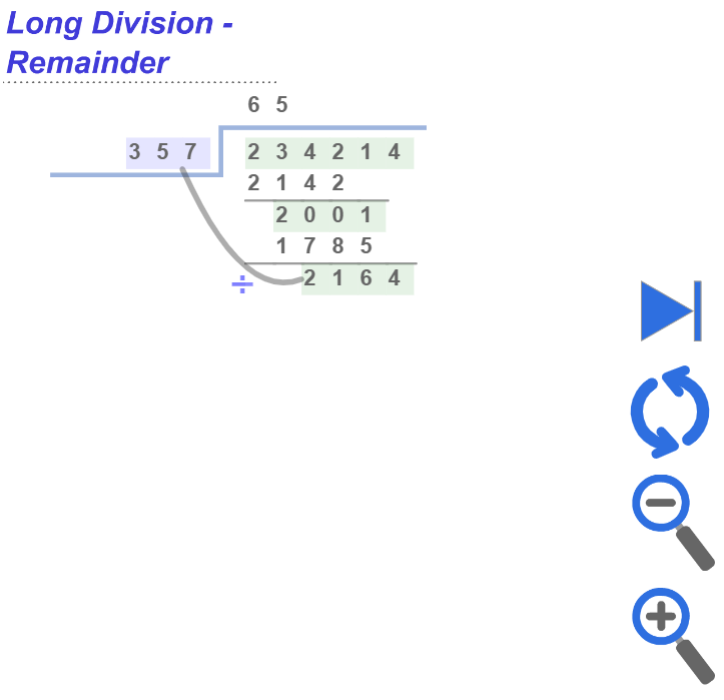Free Fall Simulation
Description:
This interactive simulation models the free fall of an object under gravity, providing a visual and experimental approach to understanding motion under constant acceleration.
Users can:
-
Take successive snapshots of the falling object.
-
Record the time and vertical position (y) for each shot.
-
Use collected data to calculate the acceleration due to gravity (g).
-
Verify the classic free fall equation:
y = (1/2)gt²
Designed for both students and educators, this tool supports hands-on investigation of motion, data analysis, and graphical interpretation of uniformly accelerated motion in a virtual lab environment.






